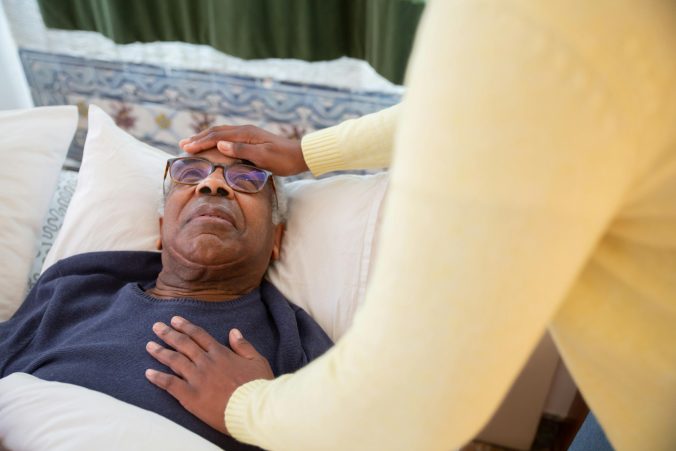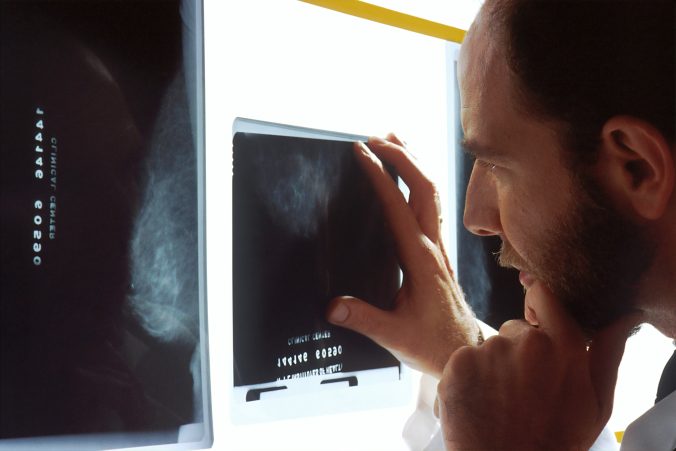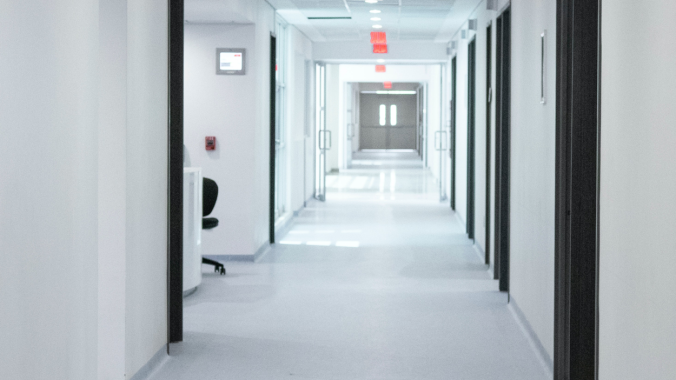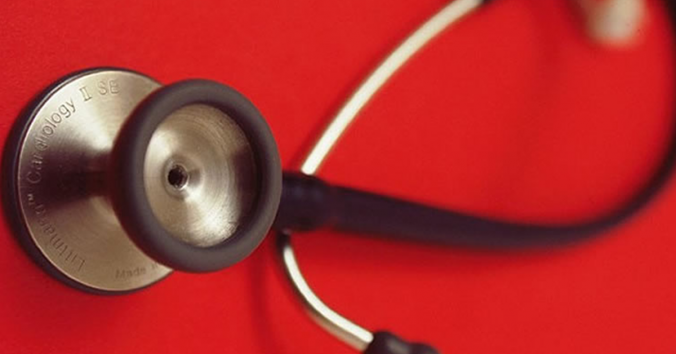In a sense, all care strives to be tailored to the individual patient. But the technical possibilities to obtain large amounts of biological data from individuals have increased so significantly that today one is talking about a paradigm shift and a new way of working with disease: precision medicine. Instead of giving all patients with a certain type of cancer the same standard treatment, for example, it is possible to map unique genetic changes in individual patients and determine which of several alternative treatments is likely to work best on the individual patient’s tumor. Other types of individual biological data can also be produced to identify the right treatment for the patient and avoid unnecessary side effects.
Of course, AI will play an increasingly important role in precision medicine. It can help identify relevant patterns in the large amount of biological data and provide support for precision medicine decisions about the treatment of individual patients. But what can all this mean for the relationship between doctor and patient?
The question is examined in a research article in BMC Medical Informatics and Decision Making, with Mirko Ancillotti as main author. The researchers interviewed ten physicians from six European countries. All physicians worked with patients with colorectal cancer. In the interviews, the physicians highlighted, among other things, that although it is possible to compile large amounts of individual biological data, it is still difficult to tailor treatments for colorectal cancer because there are only a few therapies available. The physicians also discussed the difficulties of distinguishing between experimental and conventional treatments when testing new ways to treat colorectal cancer in precision medicine.
Furthermore, the physicians generally viewed AI as a valuable future partner in the care of patients with colorectal cancer. AI can compile large amounts of data from different sources and provide new insights, make actionable recommendations and support less experienced physicians, they said in the interviews. At the same time, issues of trust were evident in the interviews. For example, the physicians wondered how they can best rely on AI results when they do not know how the AI system arrived at them. They also discussed responsibility. Most said that even when AI is used, the physicians and the team are responsible for the care decisions. However, they said that sometimes responsibility can be shared with AI developers and with those who decide on the use of AI in healthcare.
Finally, the physicians described challenges in communicating with patients. How do you explain the difference between experimental and conventional treatment in precision medicine? How do you explain how AI works and how it helps to tailor the patient’s treatment? How do you avoid hype and overconfidence in “new” treatments and how do you explain that precision medicine can also mean that that a patient is not offered a certain treatment?
If you would like to see more results and the authors’ discussion, you can find the article here: Exploring doctors’ perspectives on precision medicine and AI in colorectal cancer: opportunities and challenges for the doctor-patient relationship.
Some of the study’s conclusions are that good integration of AI and precision medicine requires clearer regulation and ethical guidelines, and that physicians need support to meet the challenge of explaining how AI is used to tailor patient treatment. It is also important that AI remains an auxiliary tool and not an independent decision-maker. Otherwise, patients’ trust can be eroded, as can physicians’ autonomy, the authors argue.

Written by…
Pär Segerdahl, Associate Professor at the Centre for Research Ethics & Bioethics and editor of the Ethics Blog.
Ancillotti, M., Grauman, Å., Veldwijk, J. et al. Exploring doctors’ perspectives on precision medicine and AI in colorectal cancer: opportunities and challenges for the doctor-patient relationship. BMC Med Inform Decis Mak 25, 283 (2025). https://doi.org/10.1186/s12911-025-03134-0
We have a clinical perspective










